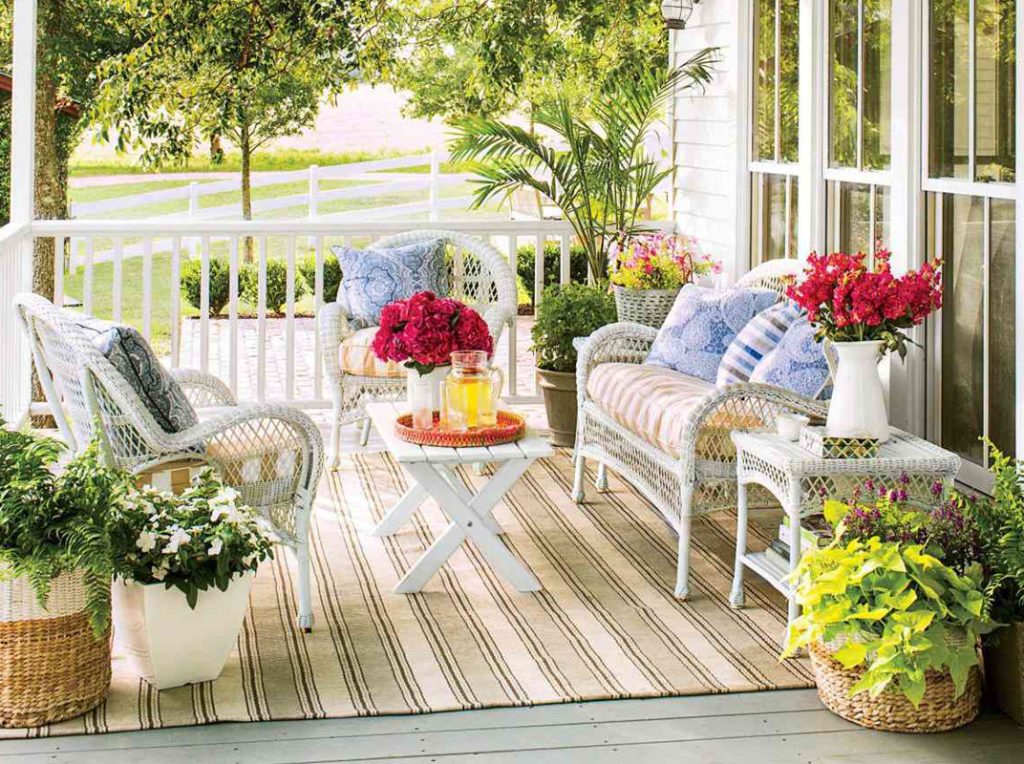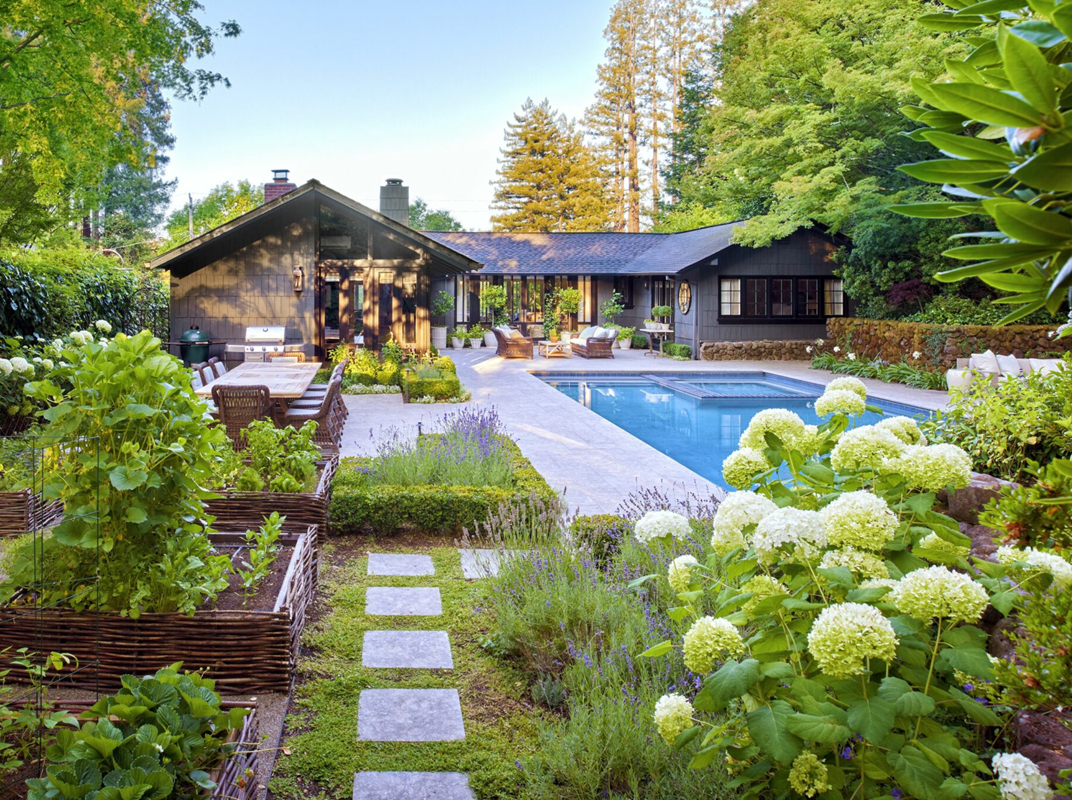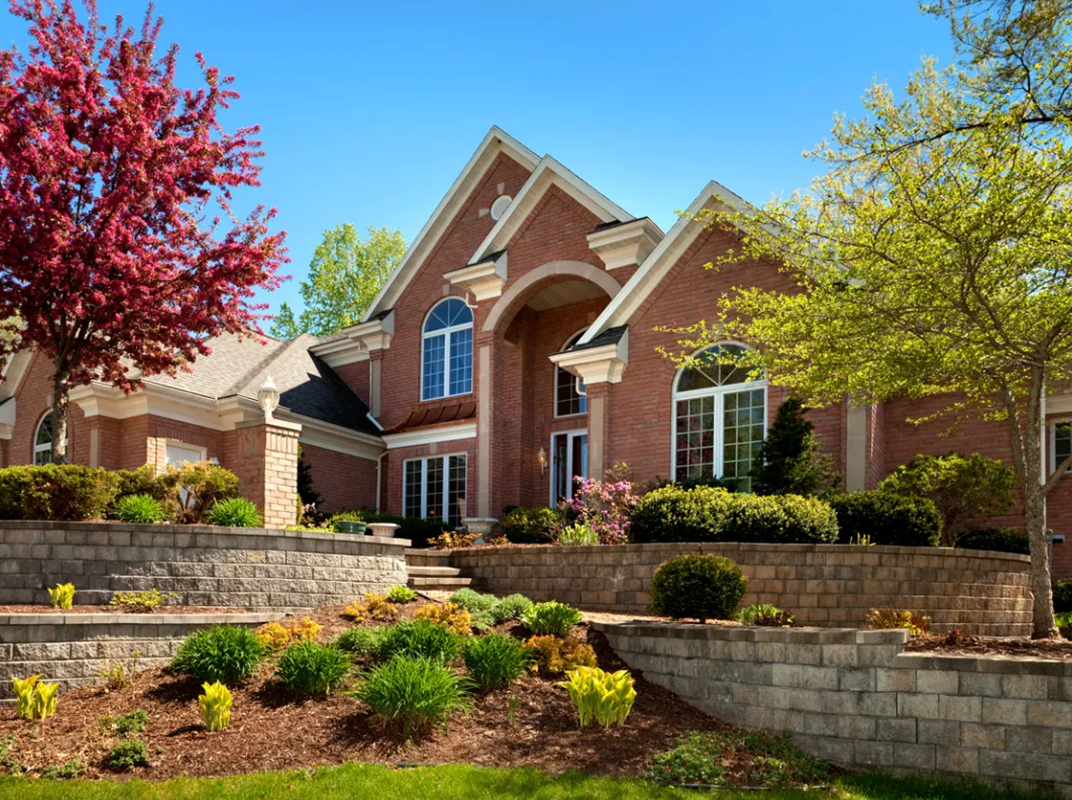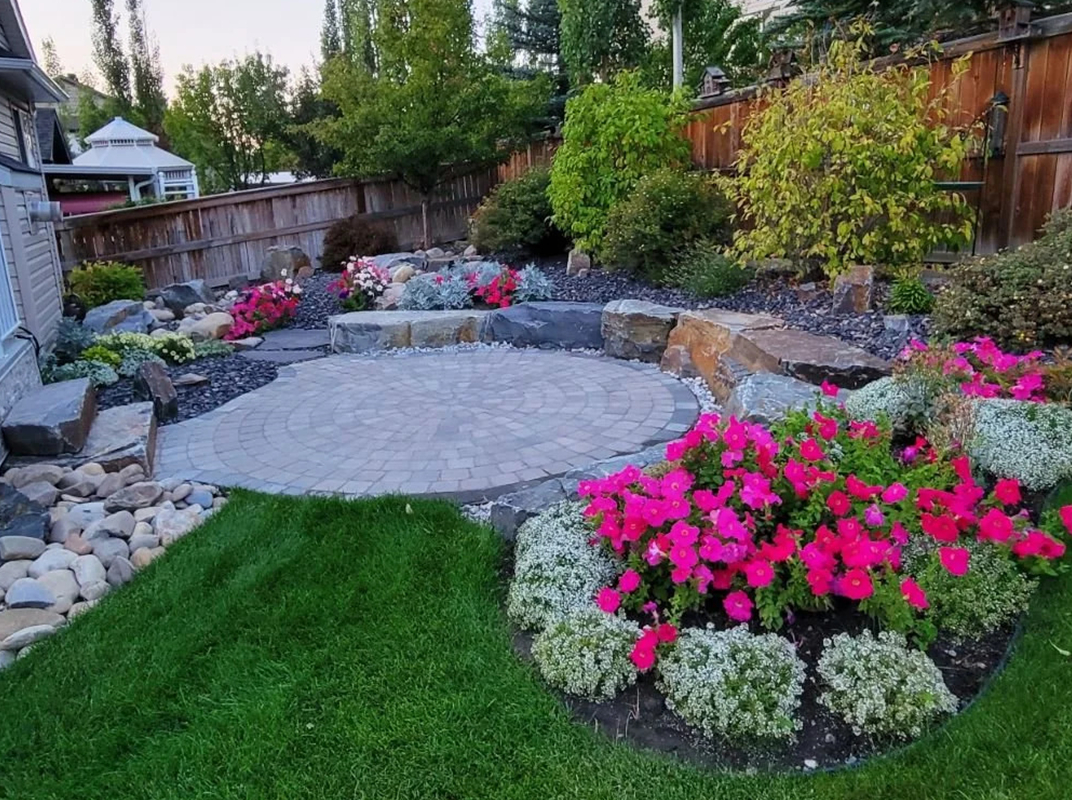The first step in landscaping is understanding your landscape. Assess the size, shape, and terrain of your outdoor space. Note the areas that receive sunlight and shade, the quality of the soil, and the existing plants and structures. This understanding will serve as the foundation for your landscaping plan.
Once you have a good understanding of your landscape, the next step is to identify the purpose of your landscaping project. Are you looking to create a space for relaxation, entertainment, gardening, or play? Or perhaps a combination of these? Identifying your needs and wants will help guide your design choices.
Choosing the right plants is a crucial part of landscaping. Consider factors like the plant’s growth habit, maintenance requirements, and suitability to your local climate. Remember to choose a mix of trees, shrubs, and flowers to create visual interest. Also, consider including native plants that are beneficial for local wildlife and require less maintenance.

Implementing hardscape elements is another important aspect of landscaping. Hardscaping refers to the non-living elements of a landscape, such as walkways, patios, fences, and water features. These elements provide structure and function to your outdoor space. When designing your hardscape, consider materials that complement your home’s exterior and the natural surroundings.
Maintaining your landscape is as important as creating it. Regular maintenance ensures that your outdoor space remains beautiful and functional. This includes watering and fertilizing plants, pruning overgrown shrubs and trees, maintaining lawn health, and repairing any damaged hardscape elements.
Lastly, remember that landscaping is a process that evolves over time. Don’t be afraid to experiment and make changes as you learn more about your landscape and your personal preferences. The beauty of landscaping is that it allows for continuous improvement and adaptation.
In essence, landscaping is about understanding your landscape, identifying your needs, choosing the right plants and hardscape elements, and maintaining your outdoor space. It’s a rewarding journey that enhances the functionality and aesthetic appeal of your outdoor space, contributes to your well-being, and adds value to your property.




